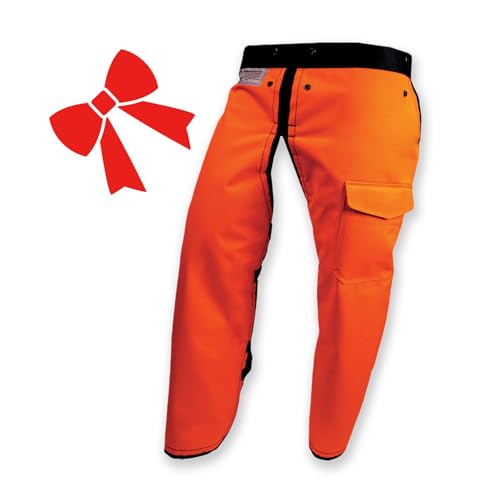Fireaxman
ArboristSite Guru
I've done many hours of research on this and I think I am ready to take it to the tree, but somebody check me out on it before I spend some money on new gear just to maybe bust my gluteus maximus (and assorted other posterior accoutrements).
Been climbing Traditional style on Blue Streak with an old Klein butt strap type belt with D rings on each side (no center D ring like the new saddles built for split tail climbing). I said something about trying a split tail system in a Sherril thread and Tom Dunlap suggested I try going to a Knut or Distel friction hitch instead of the Blakes. OK, I can tie the Knut (thanks to TreeSpyder for the knot links and pictures). But it looks like the "Closed" friction hitches are tied very close to the saddle, rather than a couple of feet up the way I am using the Blakes. That might mean a big change in my climbing style.
In my "Traditional" system my Blakes hitch is always above my hands on the way up, being pushed up by my left hand. Best I can tell from my reseach of previous threads and links to articles provided by TreeSpyder it looks like a split tail with a Knut would stay below my hands on the way up, except that maybe I would have to reach below the Knut to pull the climbing line through. Have I got this right?
Not sure I like the idea of my hands being above the friction hitch before I am ready to descend.
Anybody got a picture of an old style (butt strap, D rings on each side) saddle rigged with a Knut? Or, for that matter, any "Closed" style friction hitch (Distel, Knut, VT, French Prusik, Schwabisch).
It's how the loop is rigged in relation to the two side D rings that I am interested in. Close, or with a couple of feet of slack? Hands mostly above the friction hitch while climbing, or enough slack to keep the hands below the friction hitch (although that would defeat the purpose of the "Self Tending" Knut hitch and put 2 strands of rope up there instead of just 1).
I'll go get my rig out of the truck and put up a picture of what I am using now if it will help.
Been climbing Traditional style on Blue Streak with an old Klein butt strap type belt with D rings on each side (no center D ring like the new saddles built for split tail climbing). I said something about trying a split tail system in a Sherril thread and Tom Dunlap suggested I try going to a Knut or Distel friction hitch instead of the Blakes. OK, I can tie the Knut (thanks to TreeSpyder for the knot links and pictures). But it looks like the "Closed" friction hitches are tied very close to the saddle, rather than a couple of feet up the way I am using the Blakes. That might mean a big change in my climbing style.
In my "Traditional" system my Blakes hitch is always above my hands on the way up, being pushed up by my left hand. Best I can tell from my reseach of previous threads and links to articles provided by TreeSpyder it looks like a split tail with a Knut would stay below my hands on the way up, except that maybe I would have to reach below the Knut to pull the climbing line through. Have I got this right?
Not sure I like the idea of my hands being above the friction hitch before I am ready to descend.
Anybody got a picture of an old style (butt strap, D rings on each side) saddle rigged with a Knut? Or, for that matter, any "Closed" style friction hitch (Distel, Knut, VT, French Prusik, Schwabisch).
It's how the loop is rigged in relation to the two side D rings that I am interested in. Close, or with a couple of feet of slack? Hands mostly above the friction hitch while climbing, or enough slack to keep the hands below the friction hitch (although that would defeat the purpose of the "Self Tending" Knut hitch and put 2 strands of rope up there instead of just 1).
I'll go get my rig out of the truck and put up a picture of what I am using now if it will help.



























































